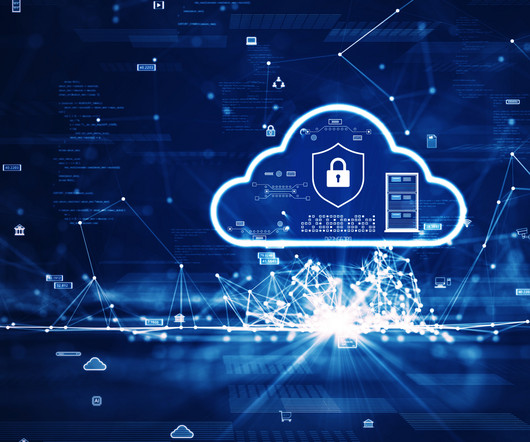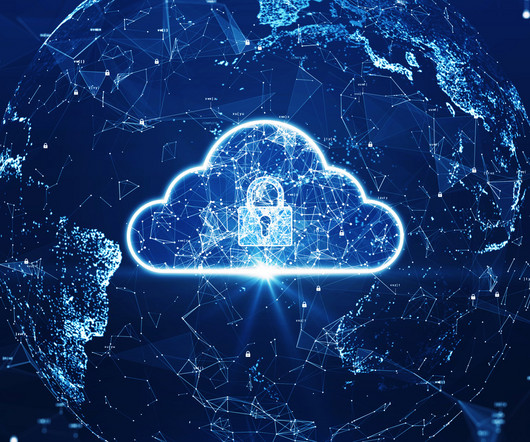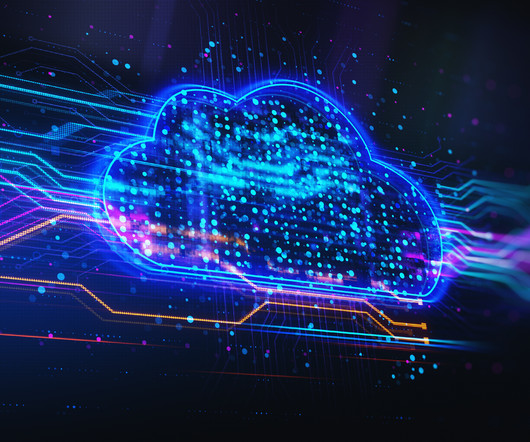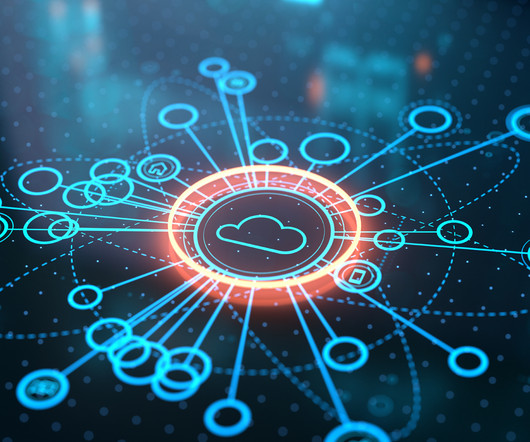How Secure Is Cloud Storage? Features, Risks, & Protection
eSecurity Planet
JANUARY 18, 2024
When assessing the overall security of cloud storage and choosing a solution tailored to your business, it helps to determine its features, potential risks, security measures, and other considerations. Insecure Interfaces/APIs Attackers can use interface and API flaws to modify or circumvent security protections.















Let's personalize your content